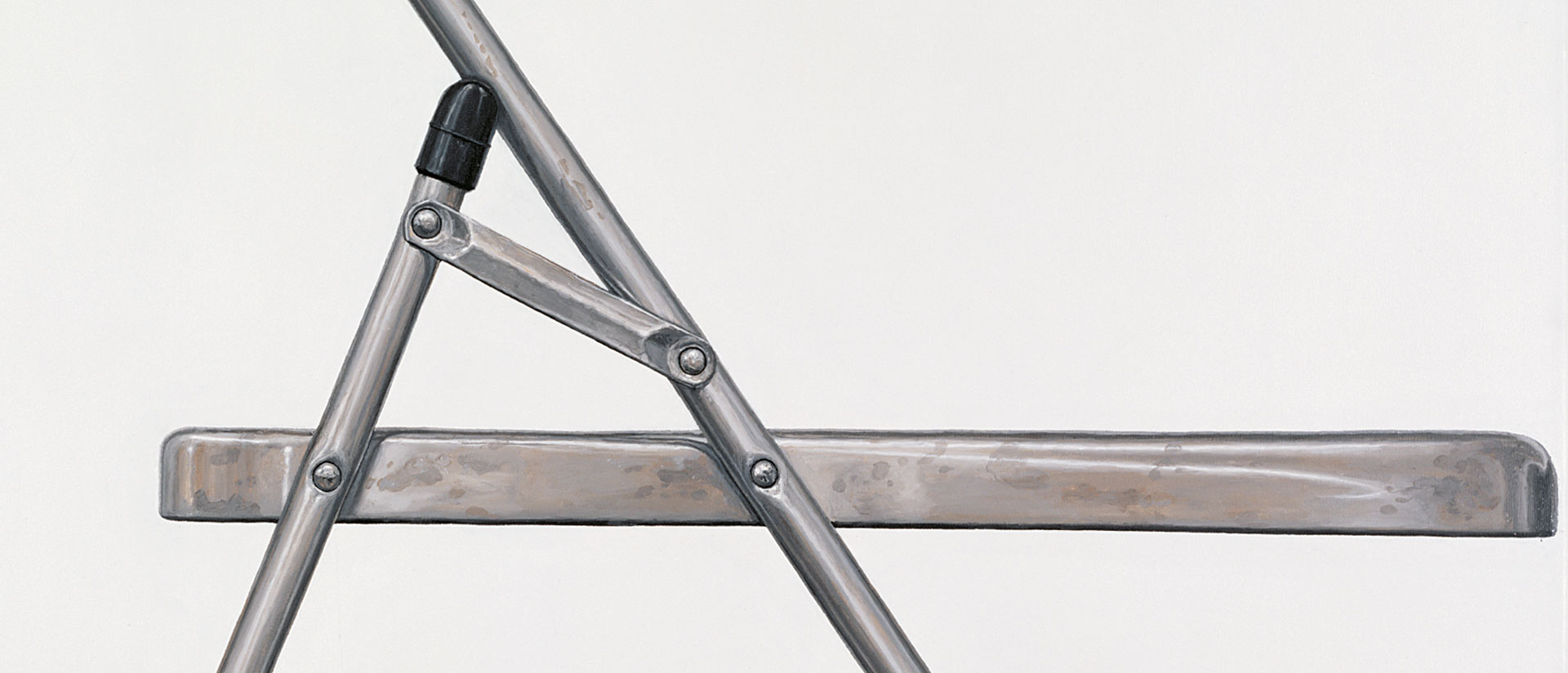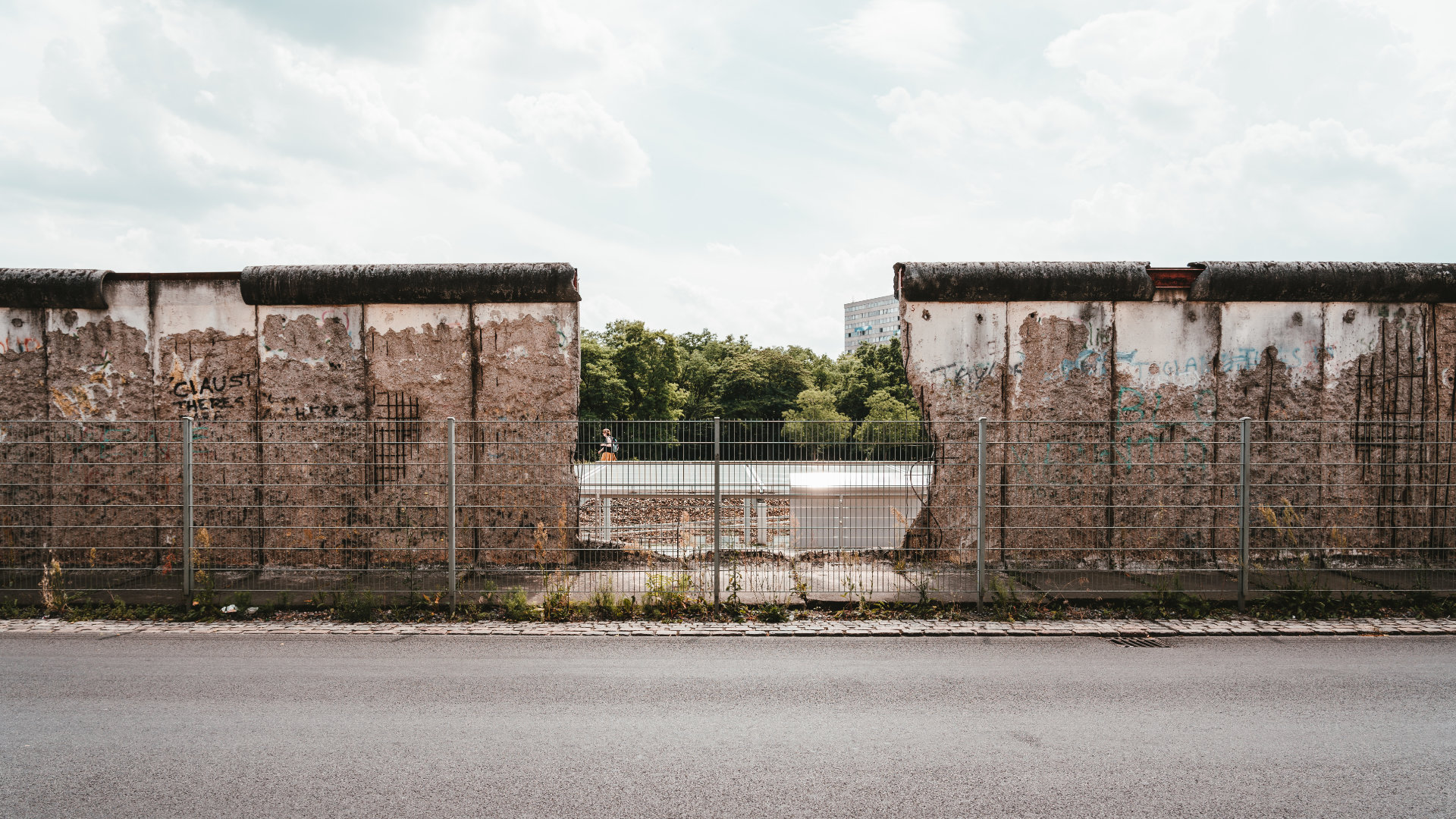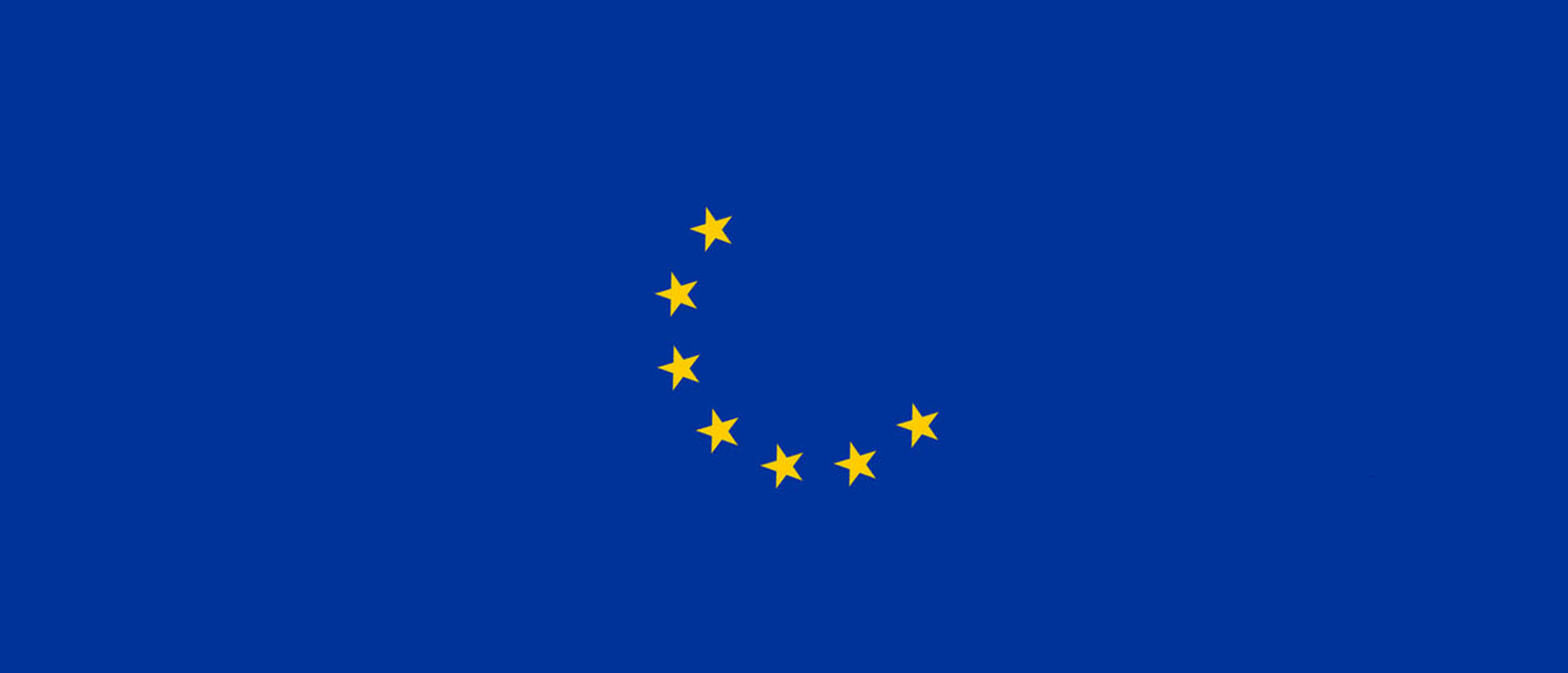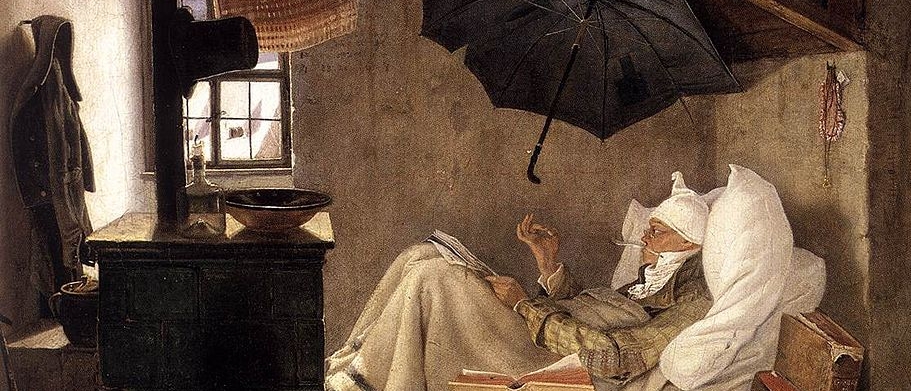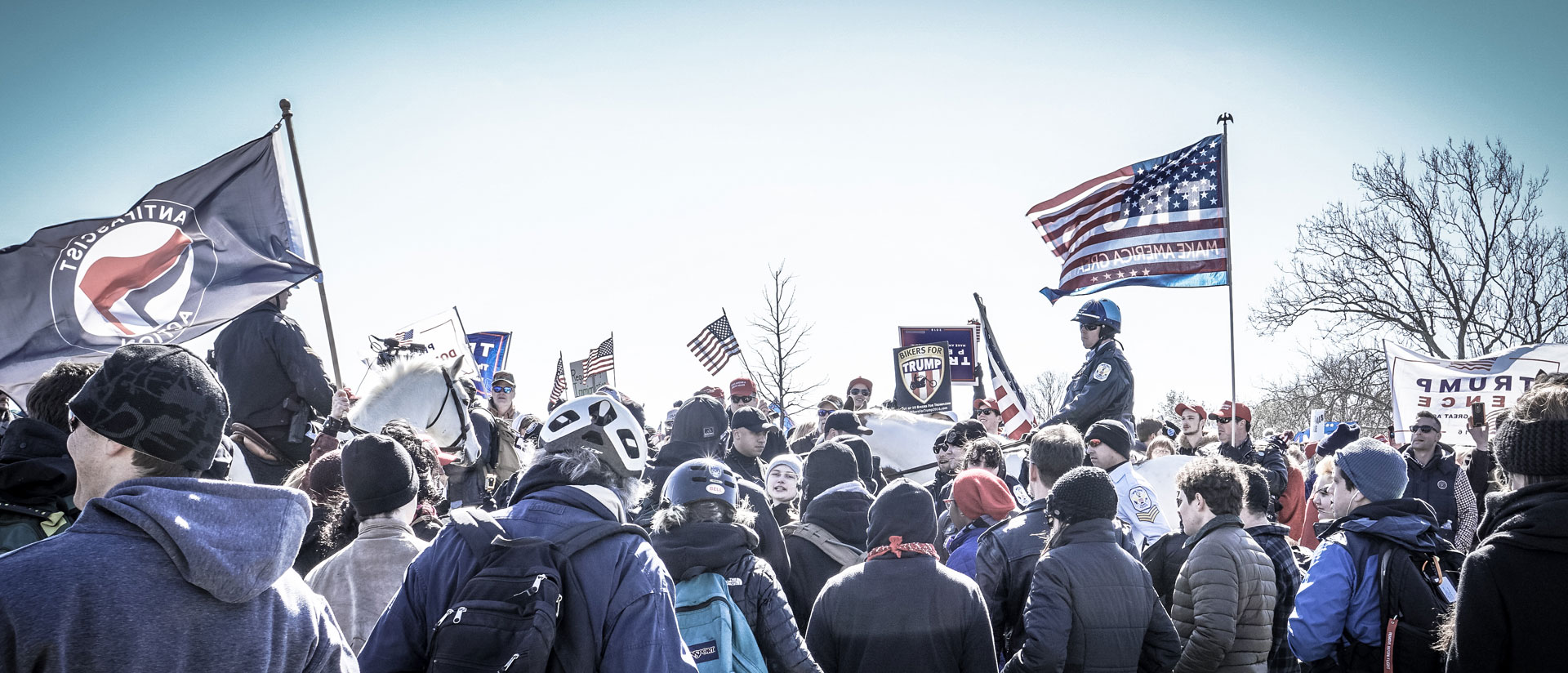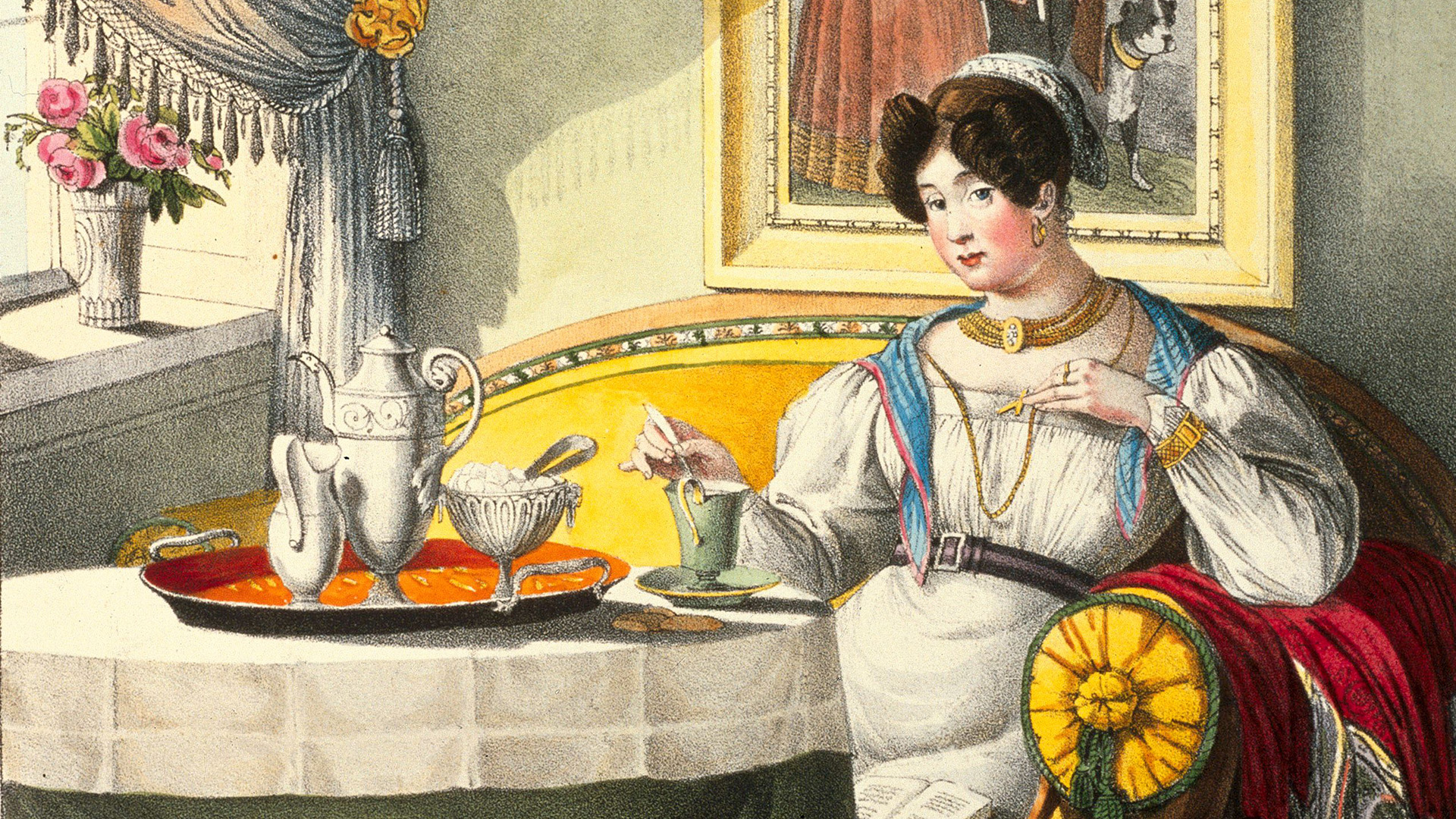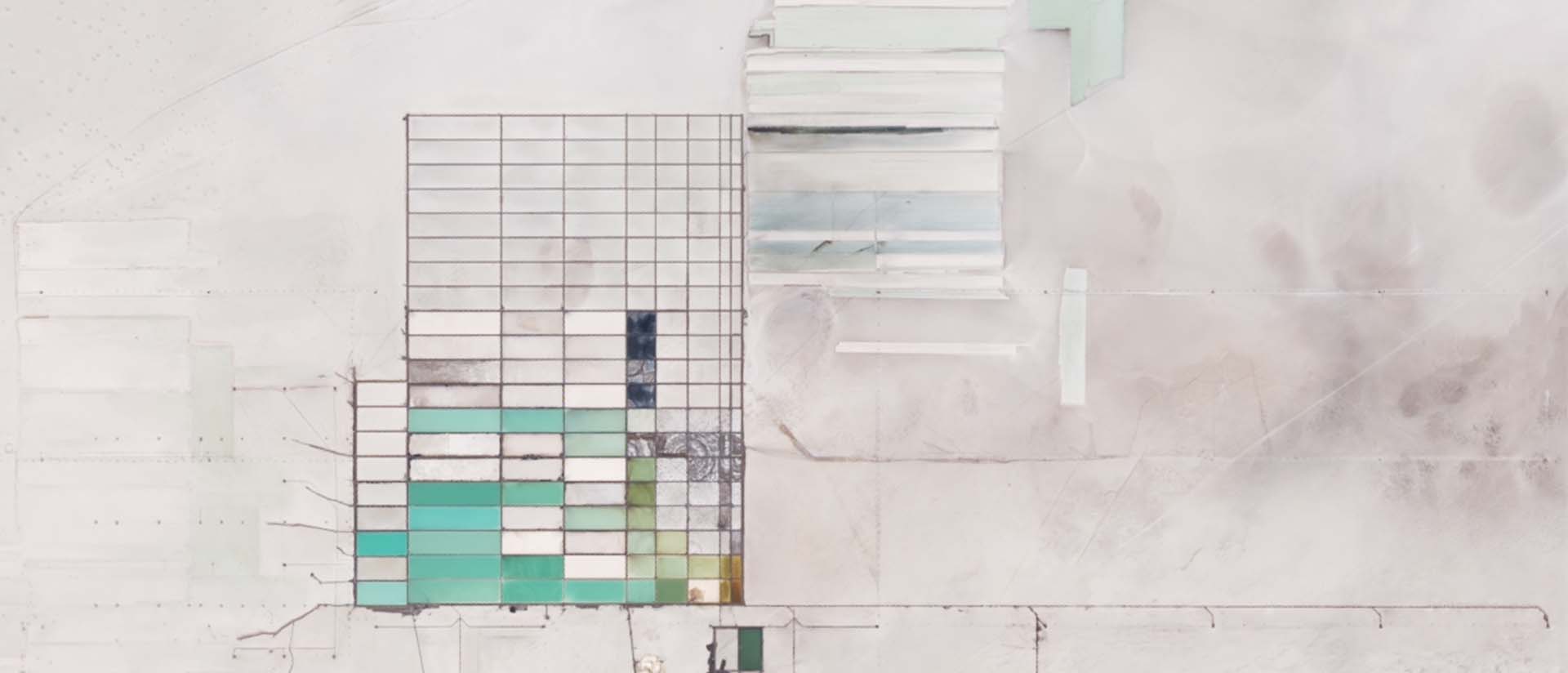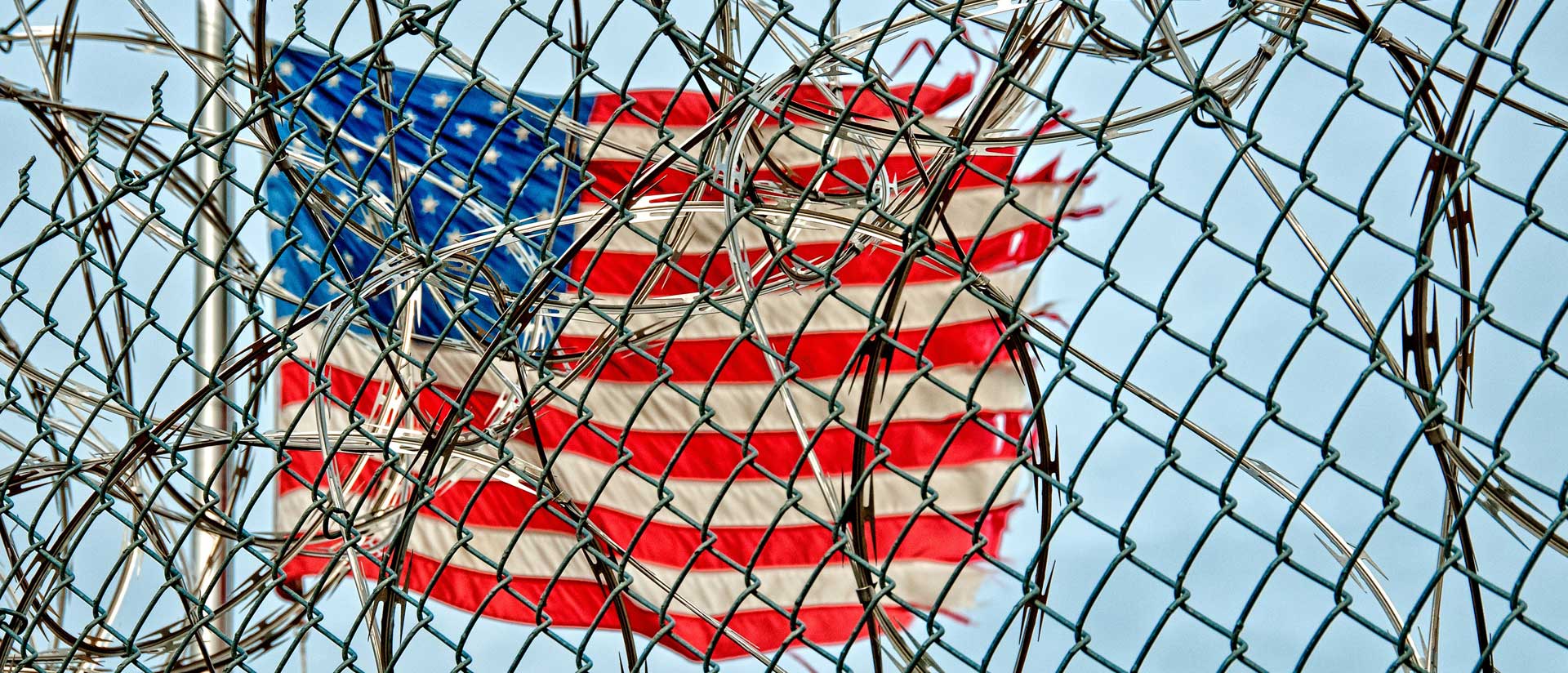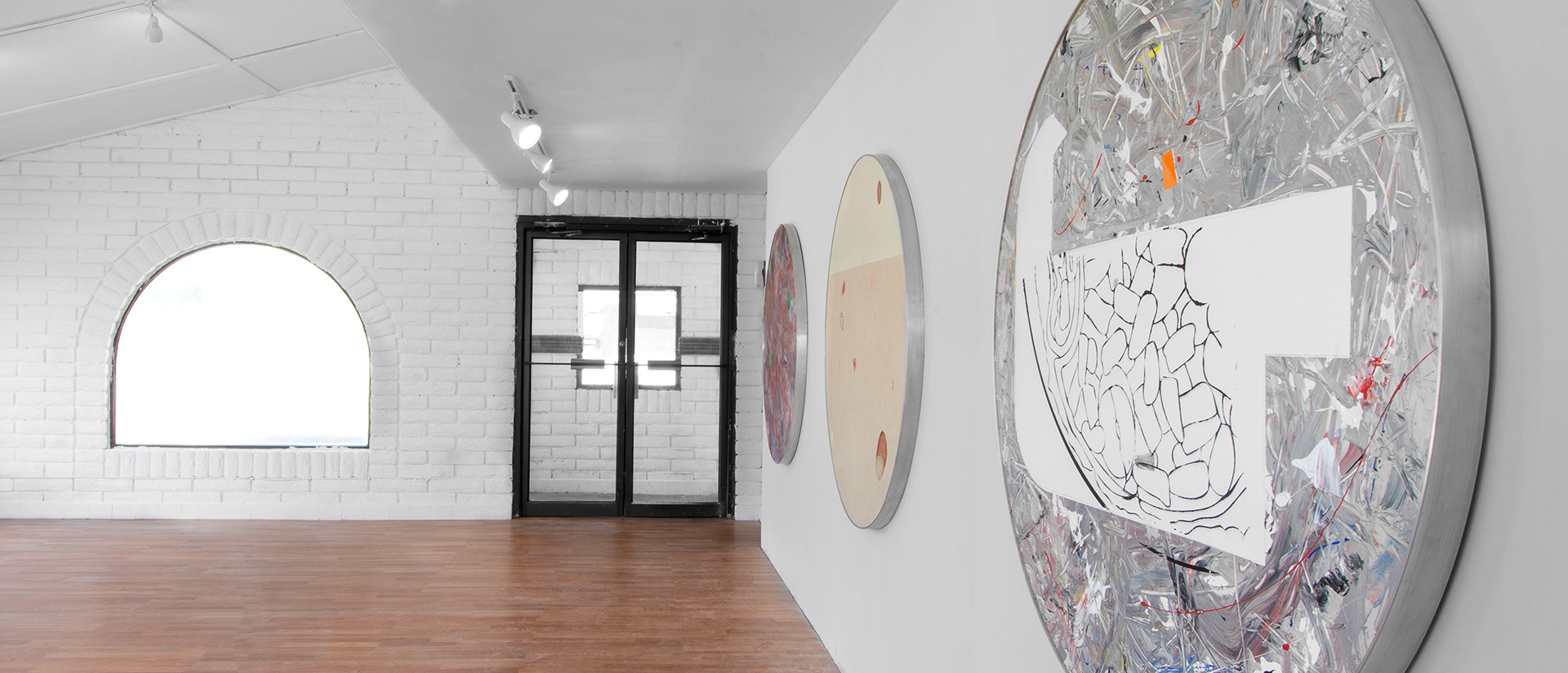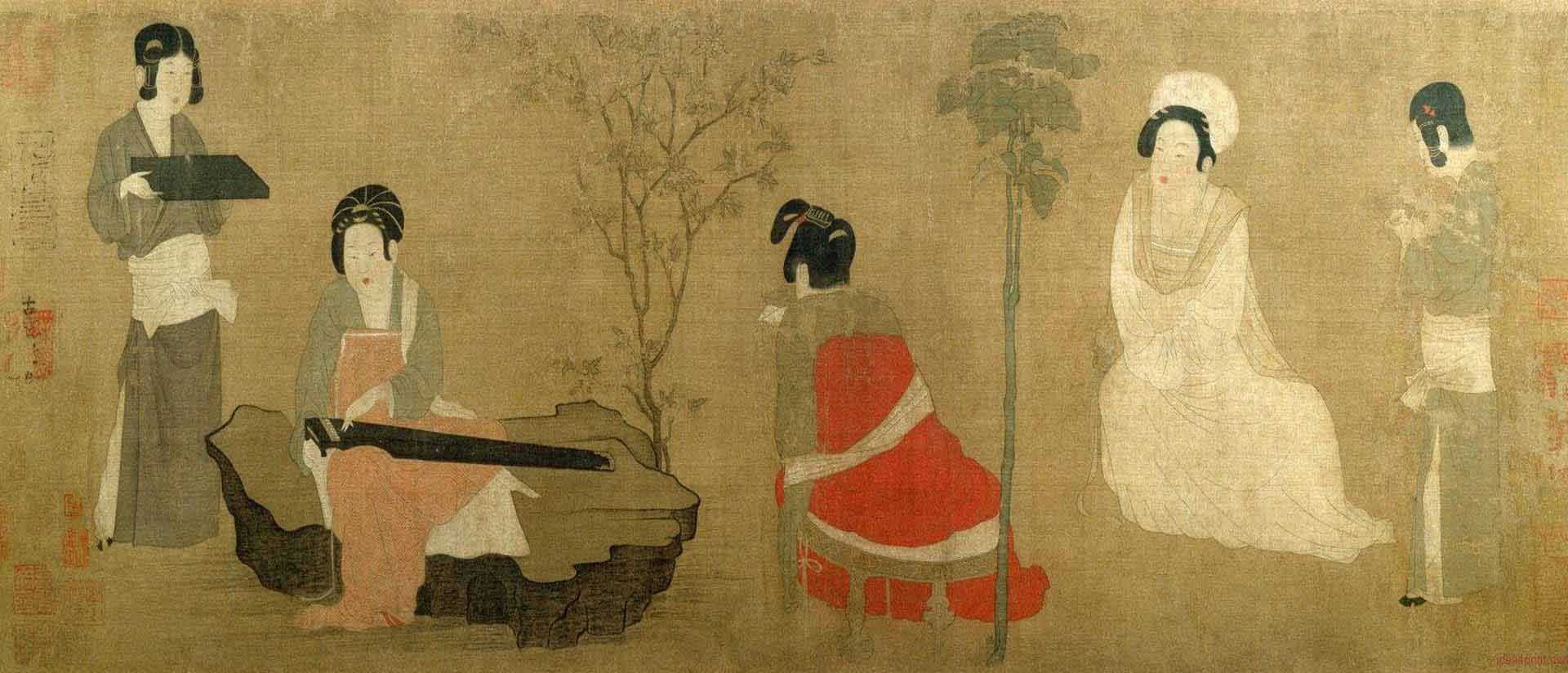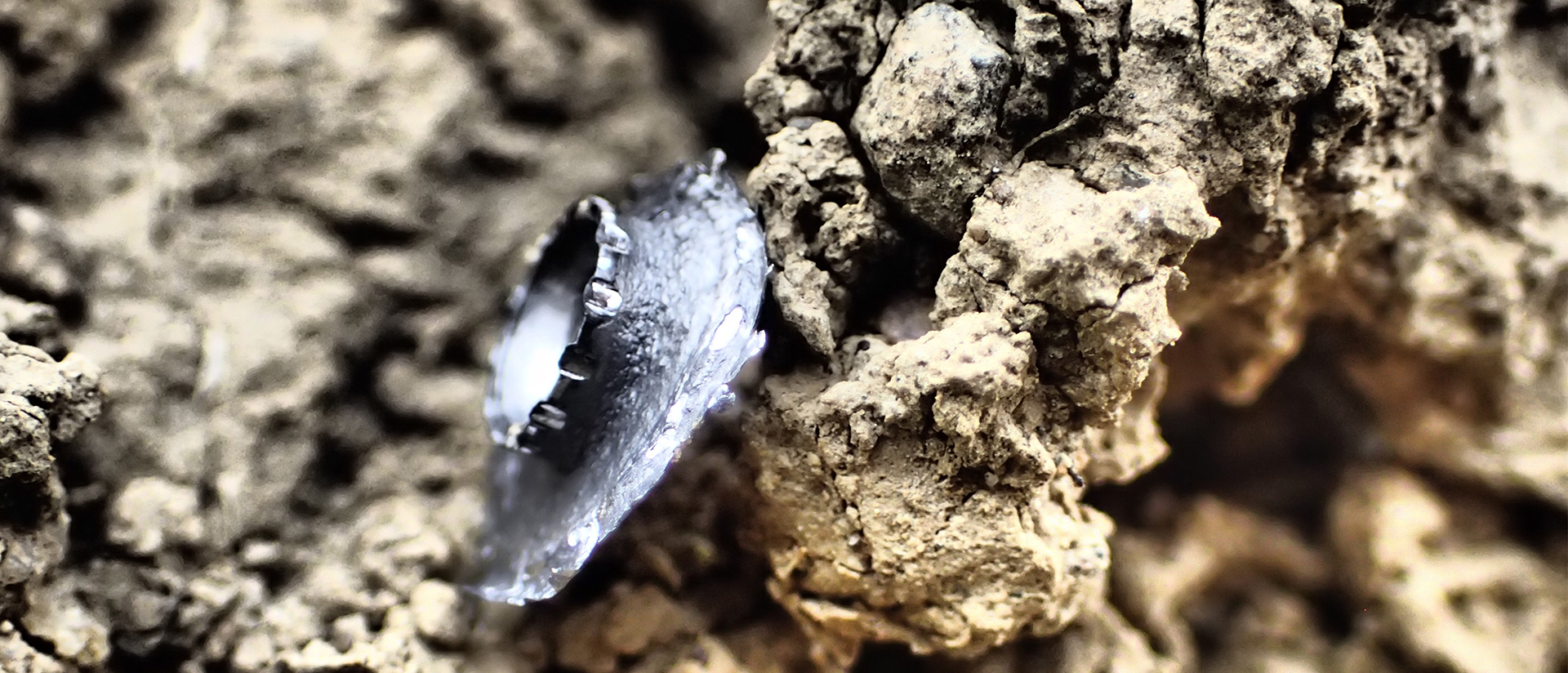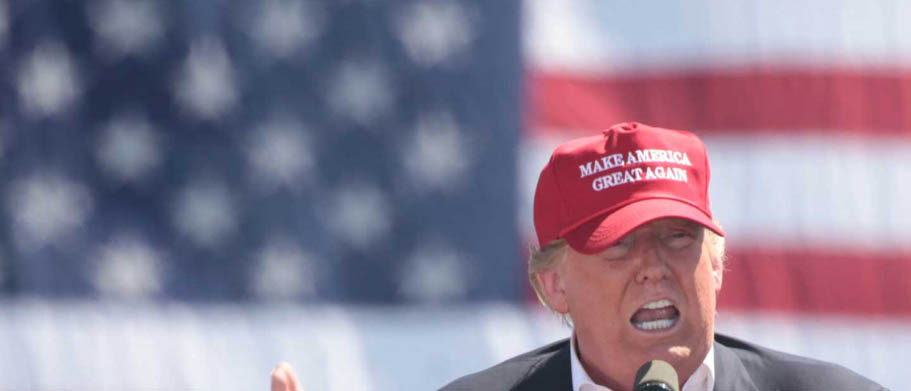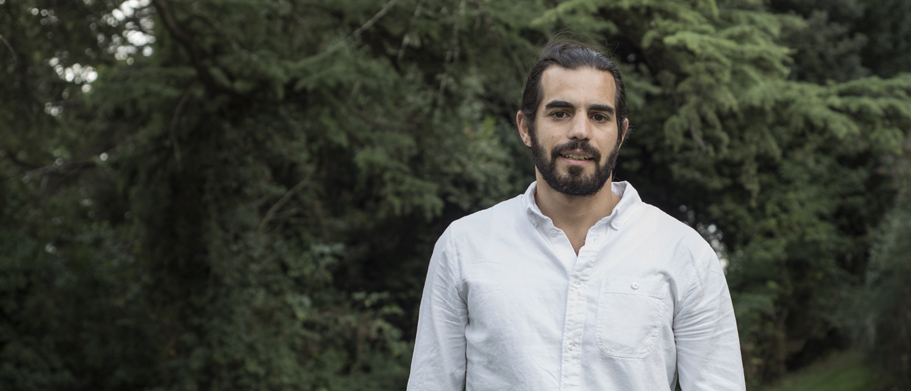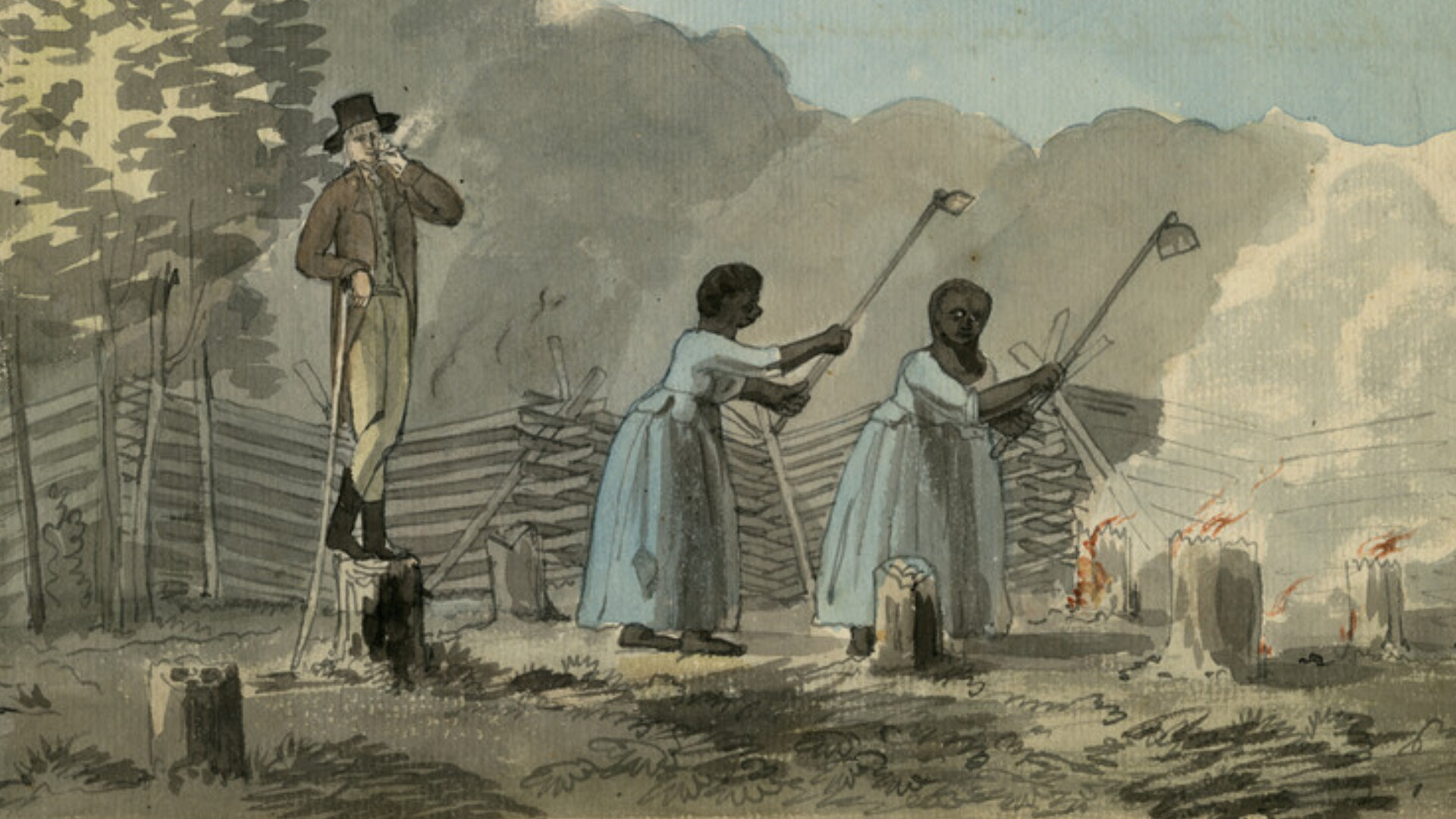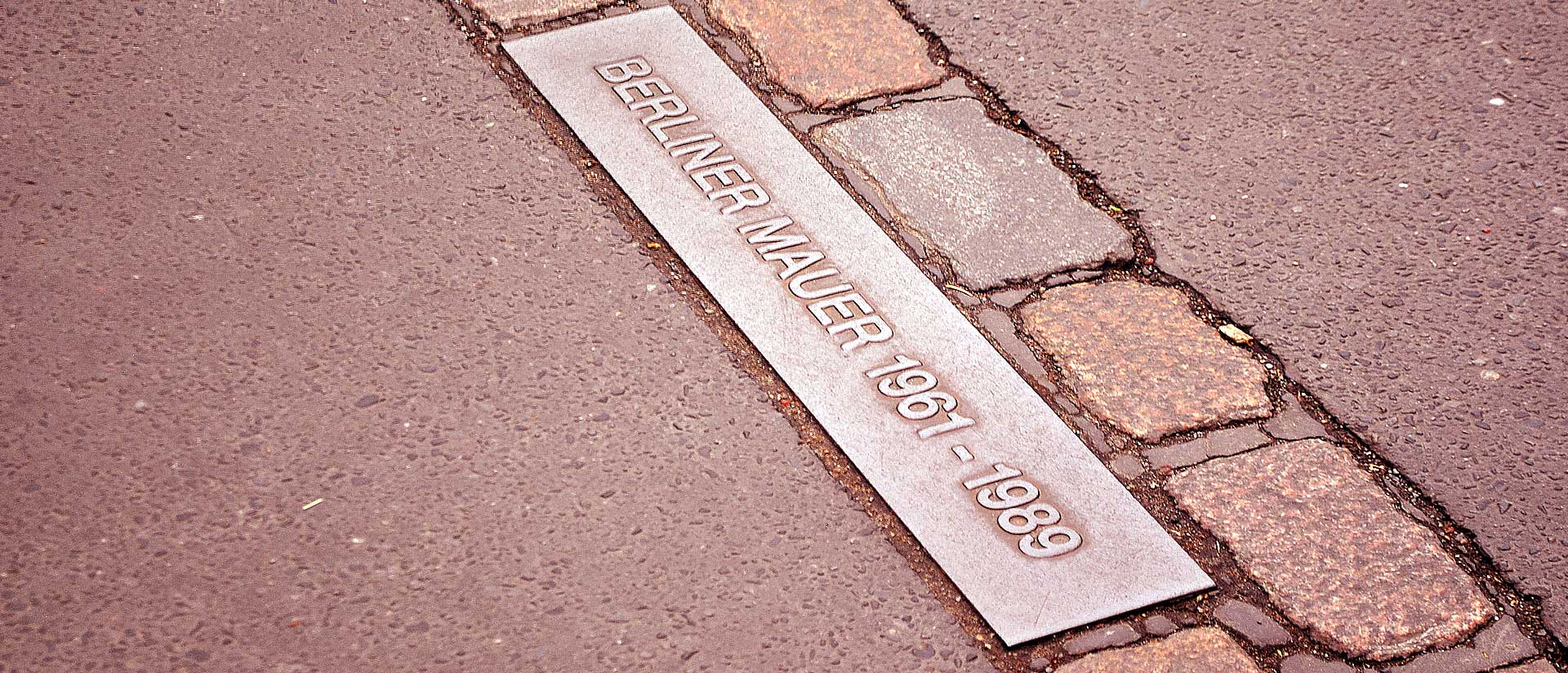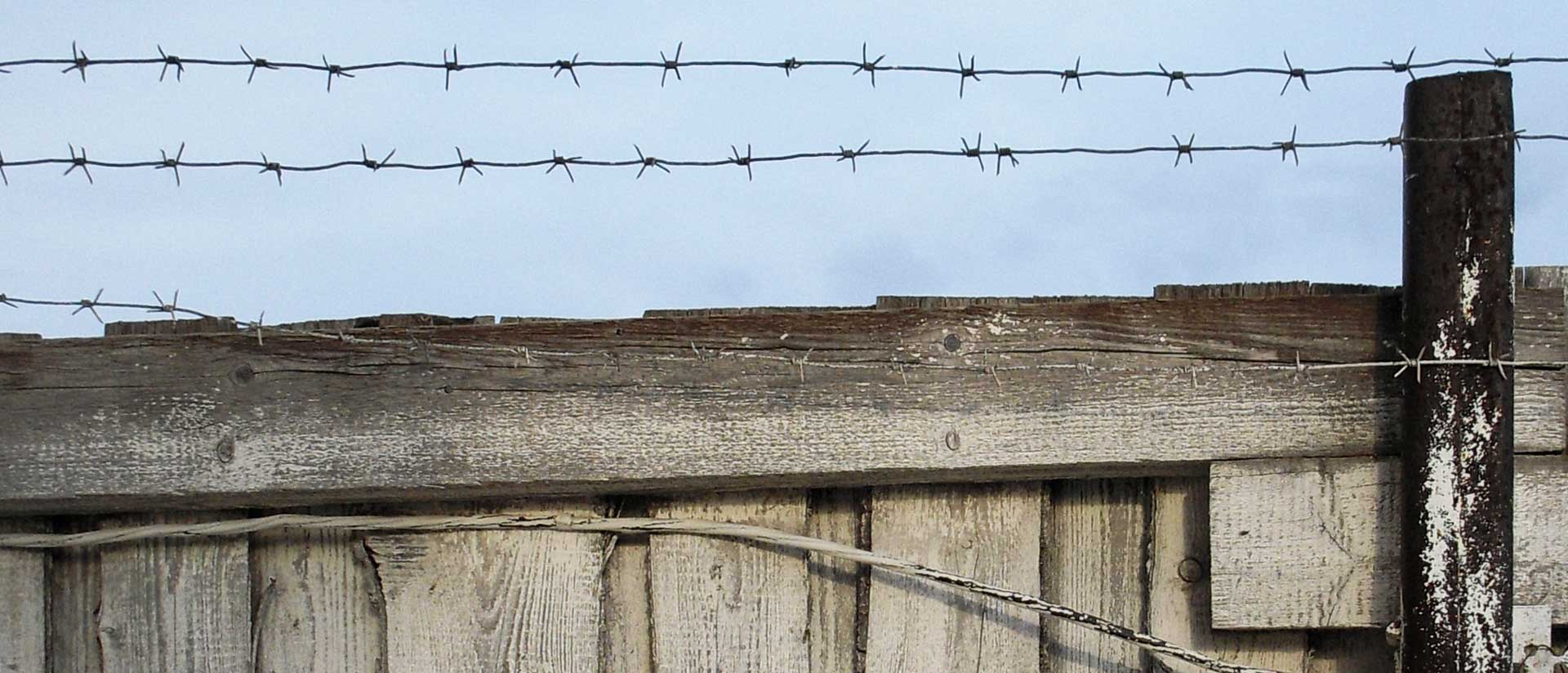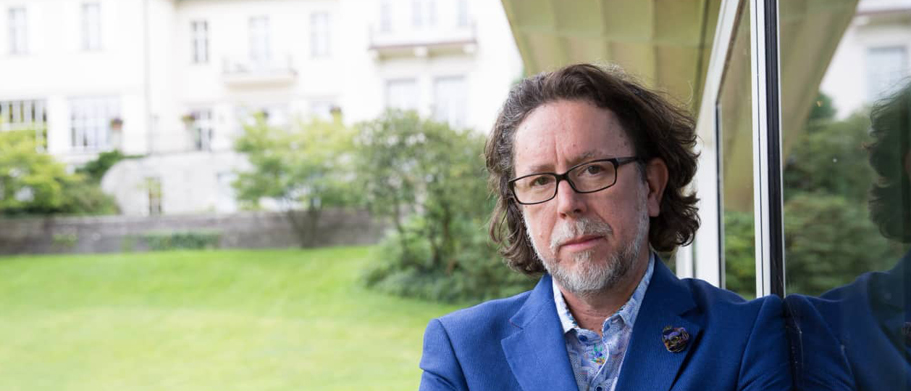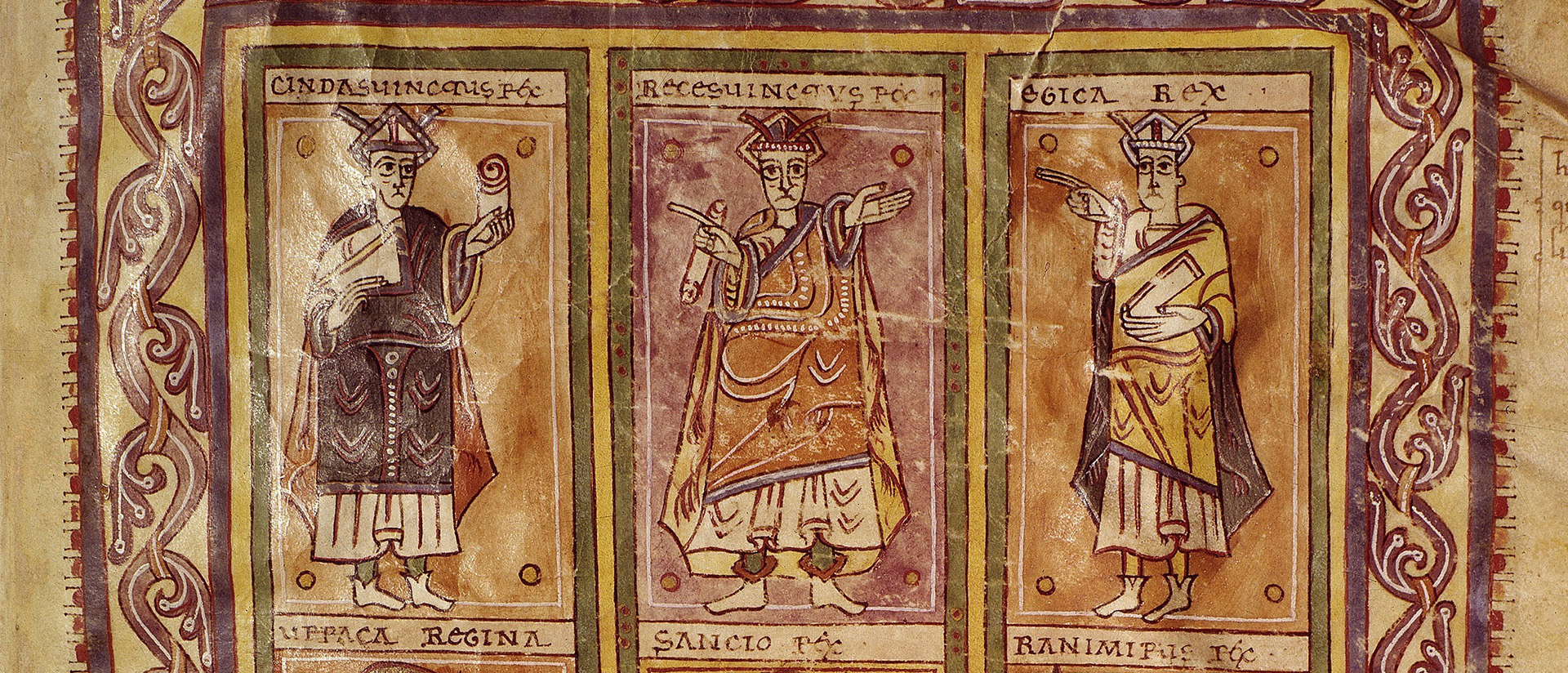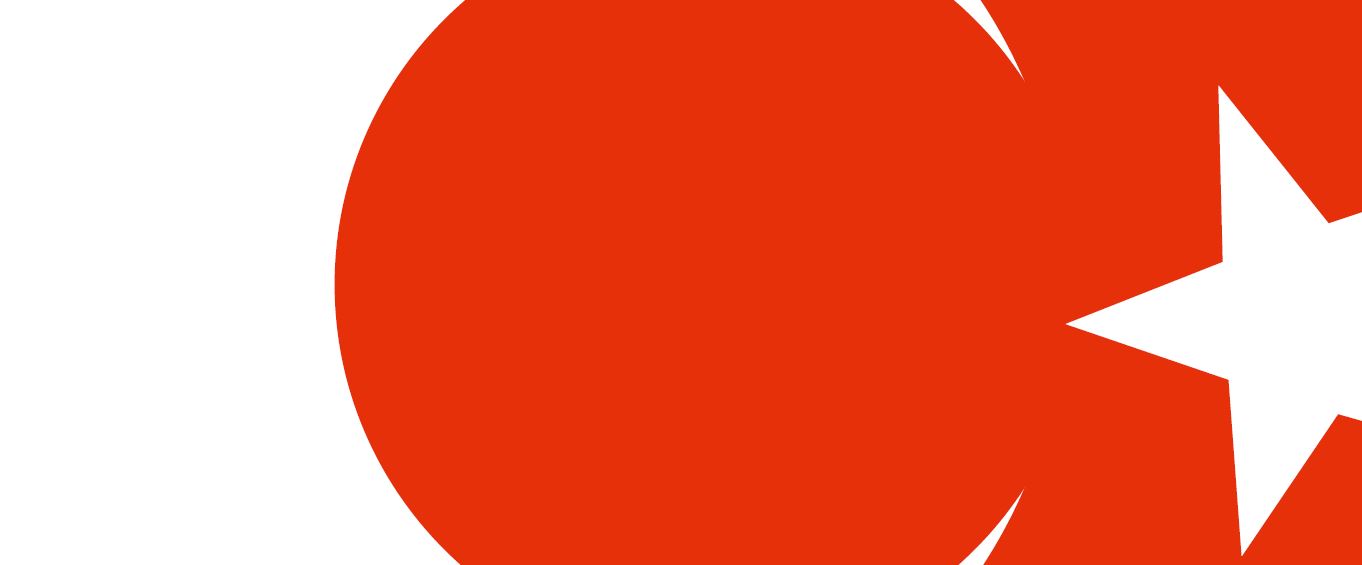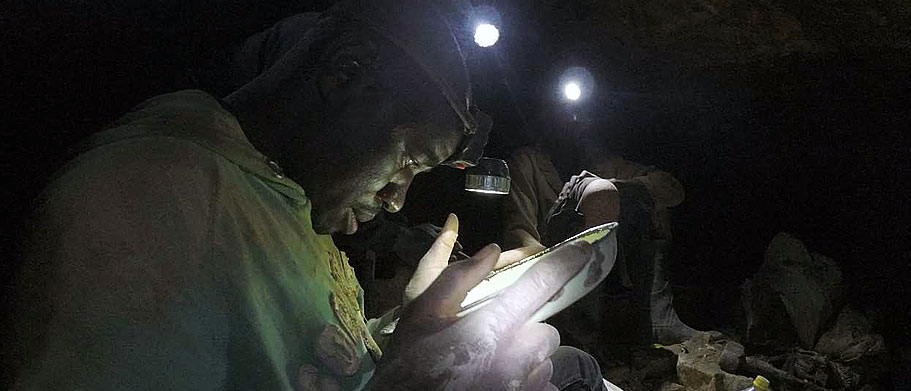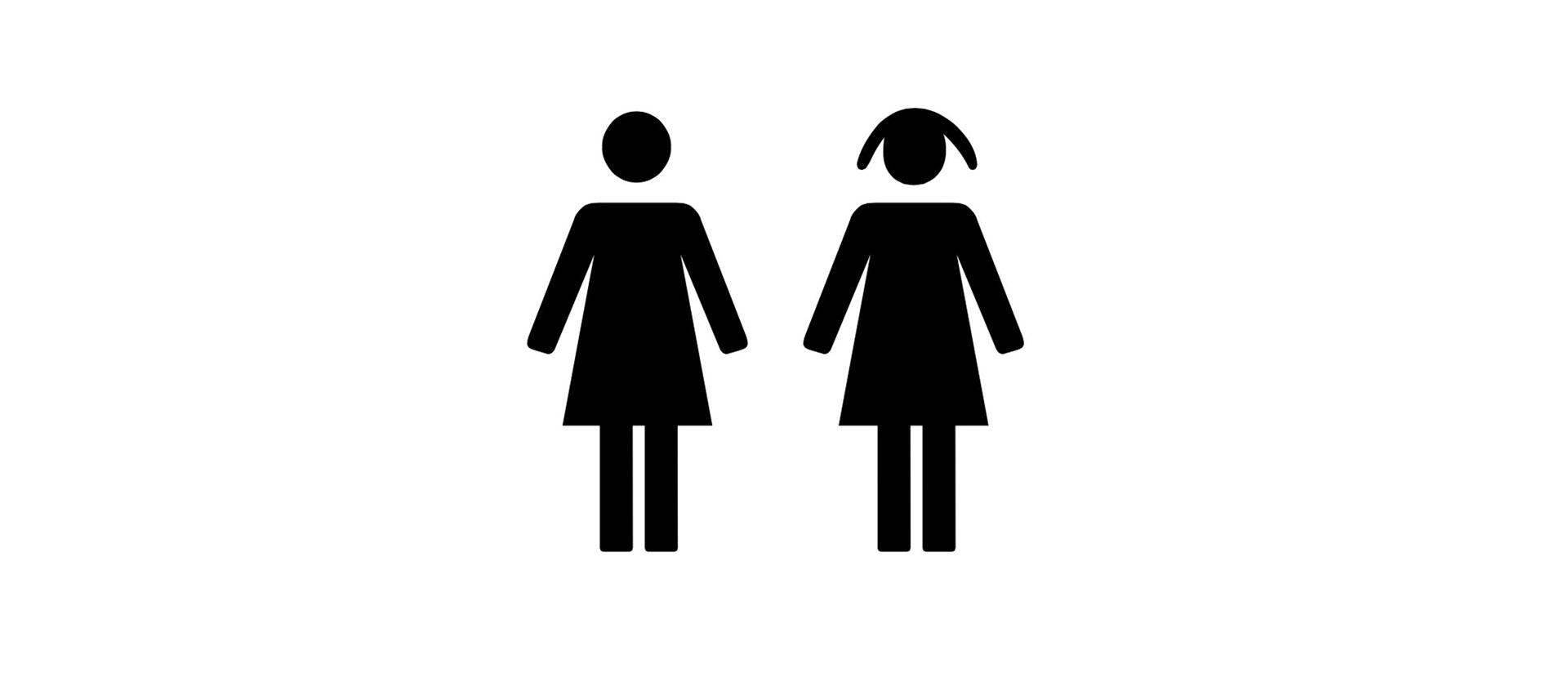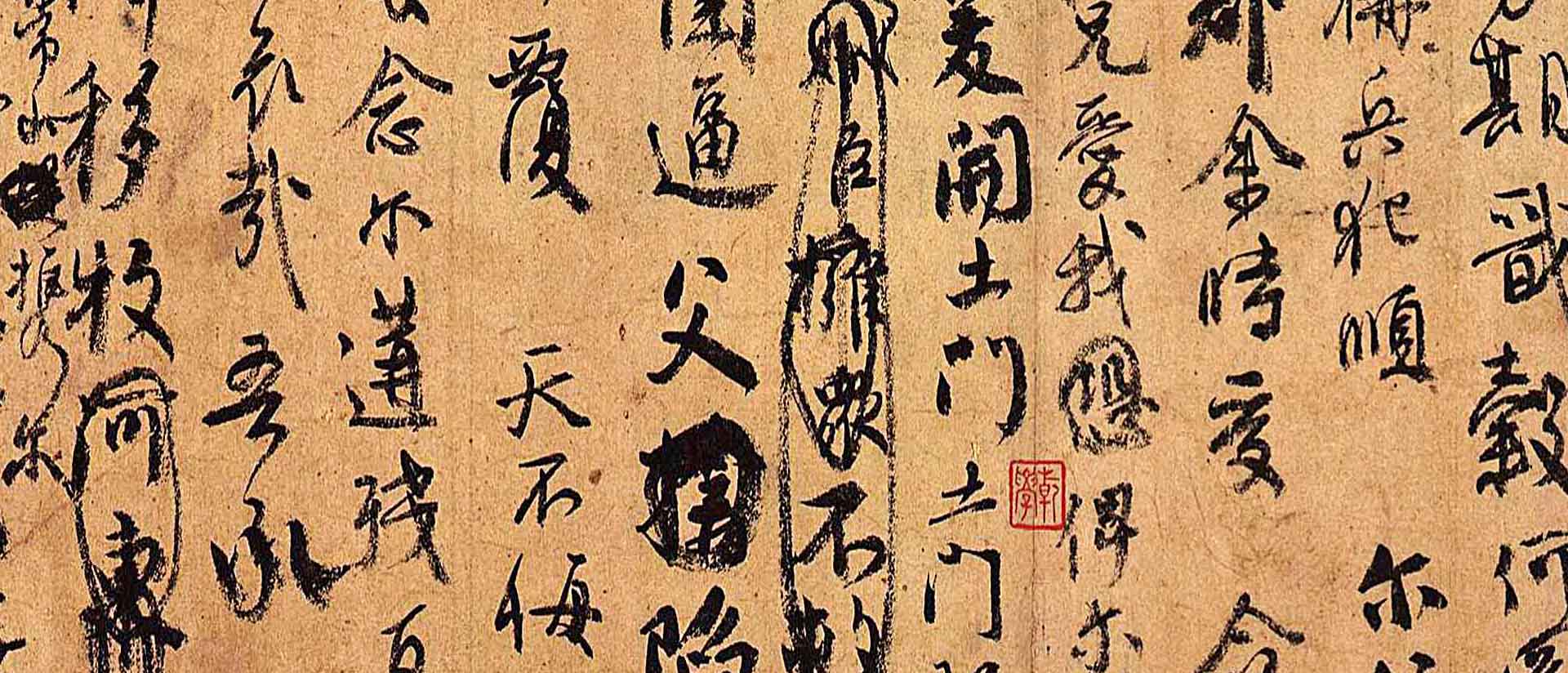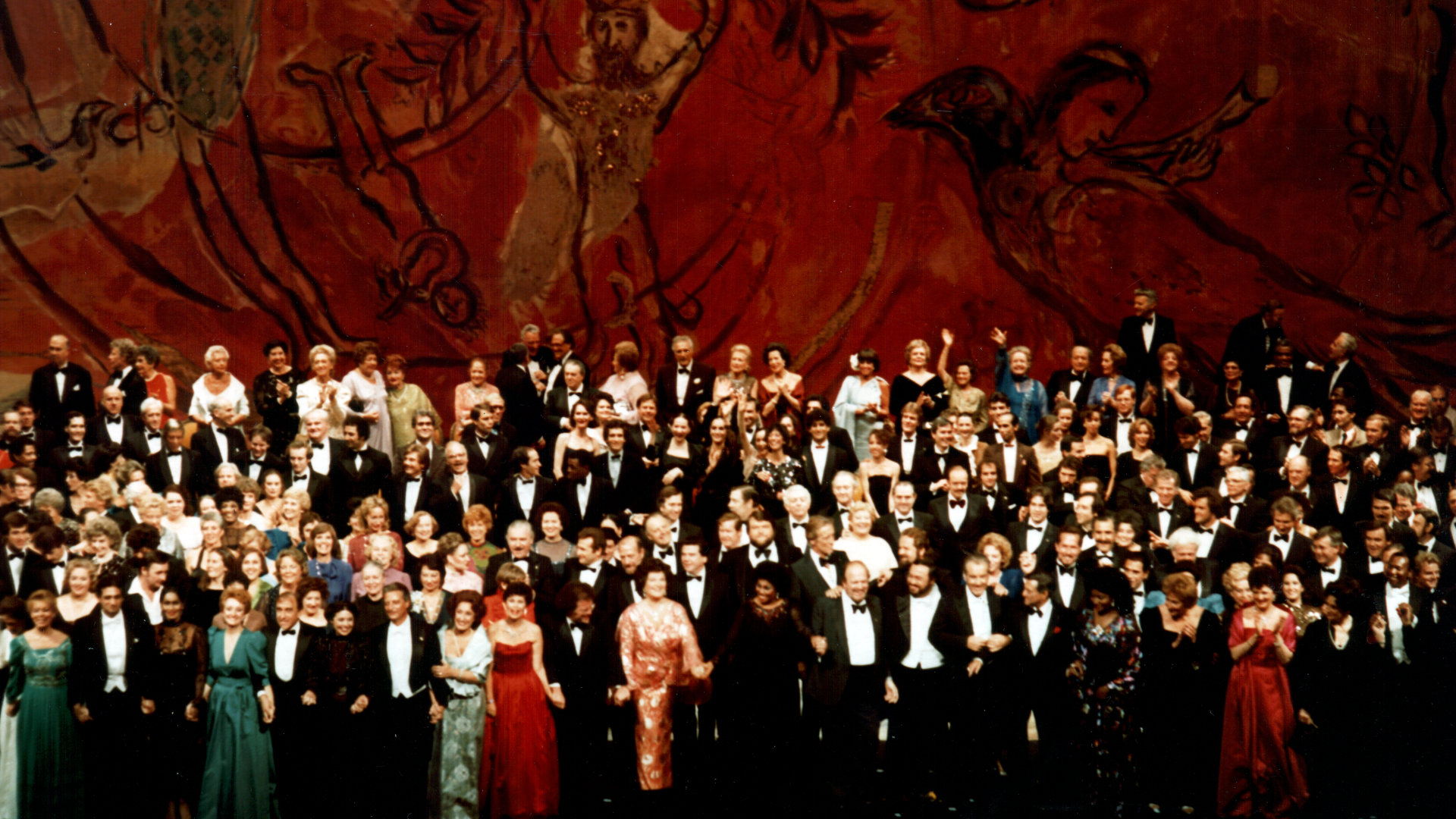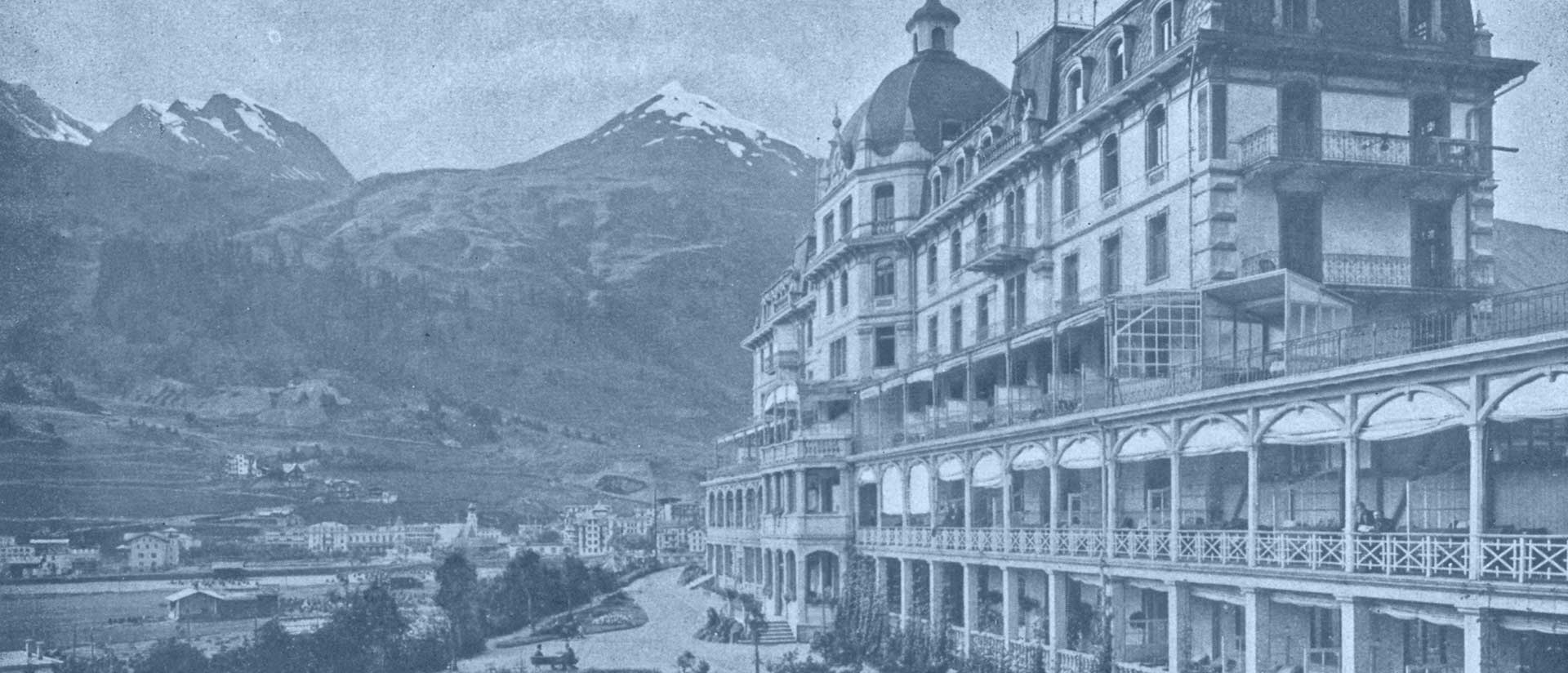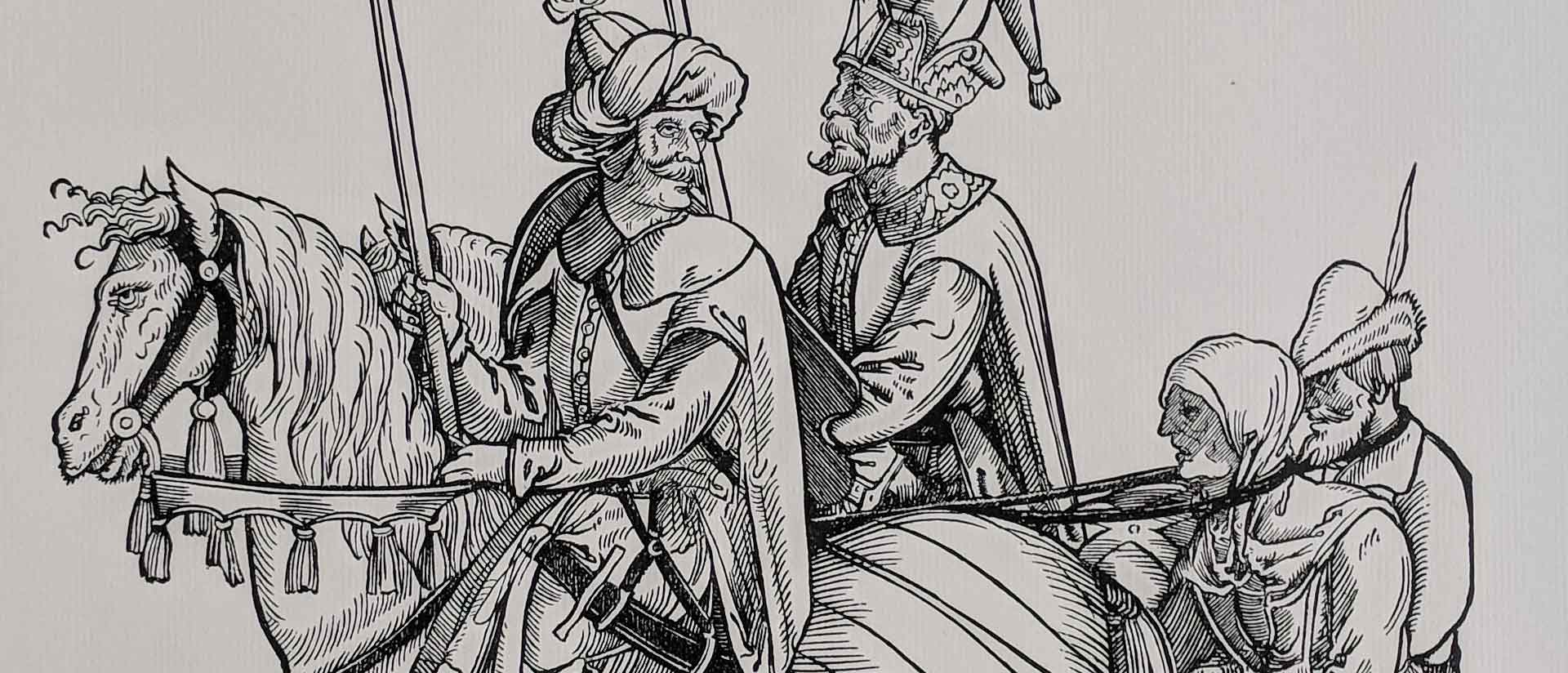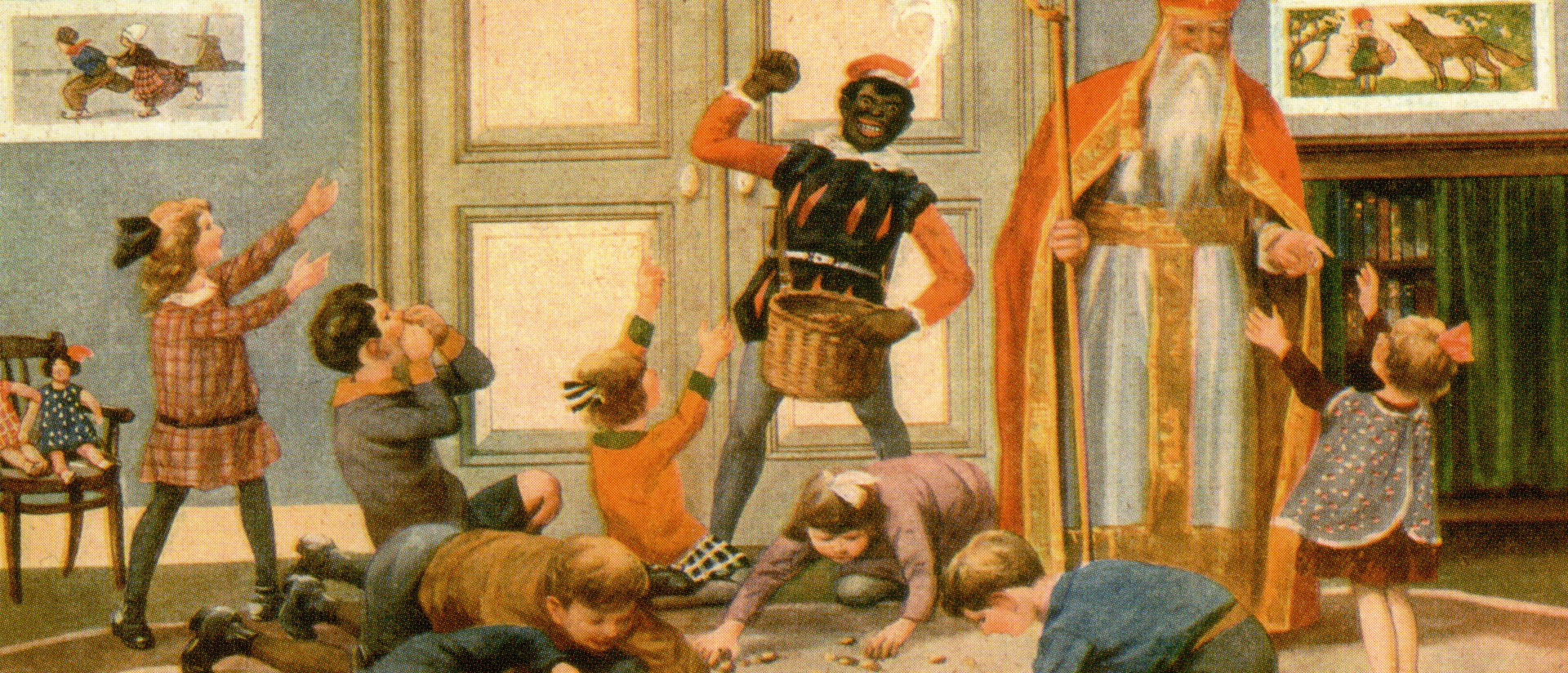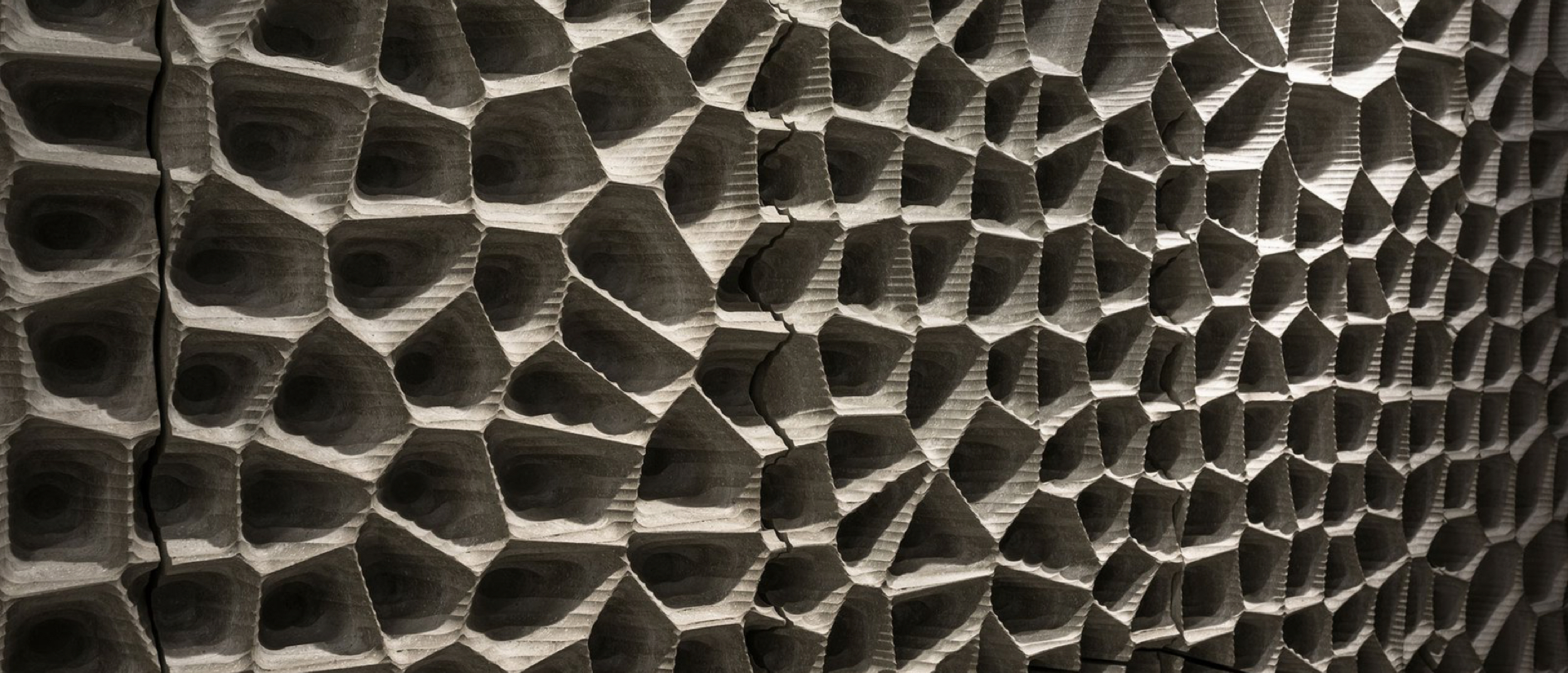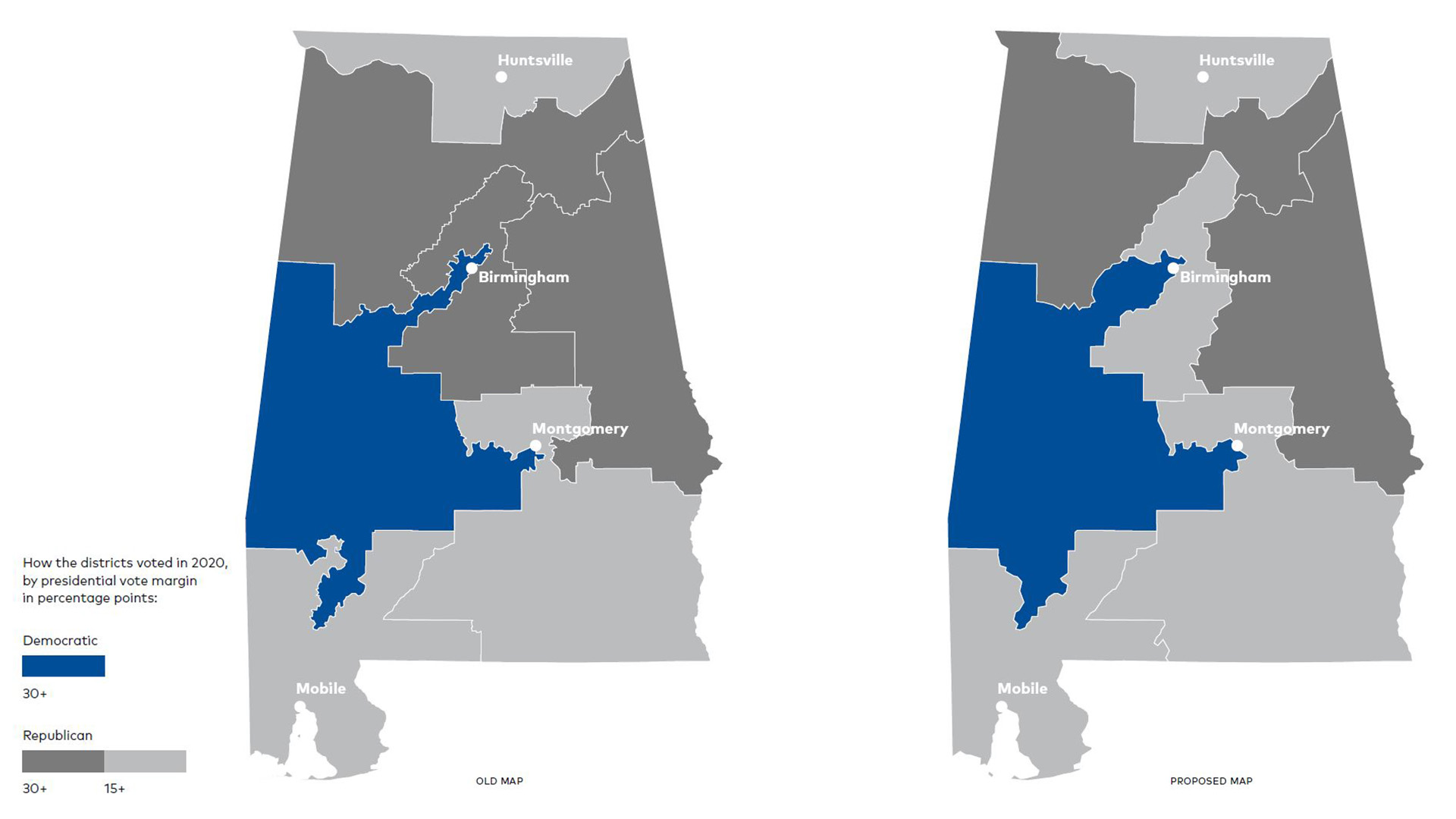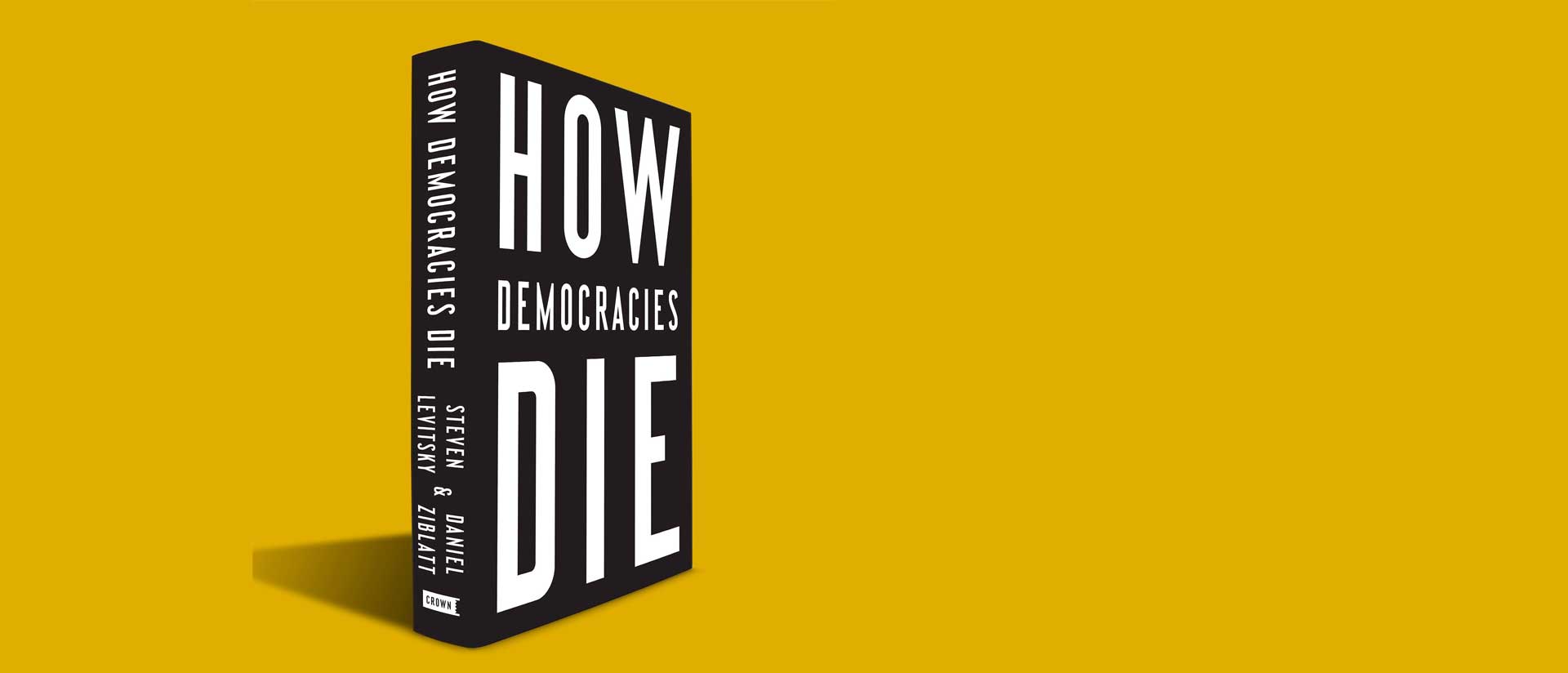
How Democracies Die
Assessing the patterns of declining republics
By Steven Levitsky and Daniel Ziblatt
Is our democracy in danger? It is a question we never thought we’d be asking. We have been colleagues for fifteen years, thinking, writing, and teaching students about failures of democracy in other places and times—Europe’s dark 1930s, Latin America’s repressive 1970s. We have spent years researching new forms of authoritarianism emerging around the globe. For us, how and why democracies die has been an occupational obsession.
But now we find ourselves turning to our own country. Over the past two years, we have watched politicians say and do things that are unprecedented in the United States—but that we recognize as having been the precursors of democratic crisis in other places. We feel dread, as do so many other Americans, even as we try to reassure ourselves that things can’t really be that bad here. After all, even though we know democracies are always fragile, the one in which we live has somehow managed to defy gravity. Our Constitution, our national creed of freedom and equality, our historically robust middle class, our high levels of wealth and education, and our large, diversified private sector—all these should inoculate us from the kind of democratic breakdown that has occurred elsewhere.
Yet, we worry. American politicians now treat their rivals as enemies, intimidate the free press, and threaten to reject the results of elections. They try to weaken the institutional buffers of our democracy, including the courts, intelligence services, and ethics offices. American states, which were once praised by the great jurist Louis Brandeis as “laboratories of democracy,” are in danger of becoming laboratories of authoritarianism as those in power rewrite electoral rules, redraw constituencies, and even rescind voting rights to ensure that they do not lose. And in 2016, for the first time in US history, a man with no experience in public office, little observable commitment to constitutional rights, and clear authoritarian tendencies was elected president.
American politicians now treat their rivals as enemies, intimidate the free press, and threaten to reject the results of elections. They try to weaken the institutional buffers of our democracy, including the courts, intelligence services, and ethics offices.
What does all this mean? Are we living through the decline and fall of one of the world’s oldest and most successful democracies?
At midday on September 11, 1973, after months of mounting tensions in the streets of Santiago, Chile, British-made Hawker Hunter jets swooped overhead, dropping bombs on La Moneda, the neoclassical presidential palace in the center of the city. As the bombs continued to fall, La Moneda burned. President Salvador Allende, elected three years earlier at the head of a leftist coalition, was barricaded inside. During his term, Chile had been wracked by social unrest, economic crisis, and political paralysis. Allende had said he would not leave his post until he had finished his job—but now the moment of truth had arrived. Under the command of General Augusto Pinochet, Chile’s armed forces were seizing control of the country.
Early in the morning on that fateful day, Allende offered defiant words on a national radio broadcast, hoping that his many supporters would take to the streets in defense of democracy. But the resistance never materialized. The military police who guarded the palace had abandoned him; his broadcast was met with silence. Within hours, President Allende was dead. So, too, was Chilean democracy.
This is how we tend to think of democracies dying: at the hands of men with guns. During the Cold War, coups d’état accounted for nearly three out of every four democratic breakdowns. Democracies in Argentina, Brazil, the Dominican Republic, Ghana, Greece, Guatemala, Nigeria, Pakistan, Peru, Thailand, Turkey, and Uruguay all died this way. More recently, military coups toppled Egyptian President Mohamed Morsi in 2013 and Thai Prime Minister Yingluck Shinawatra in 2014. In all these cases, democracy dissolved in spectacular fashion, through military power and coercion.
But there is another way to break a democracy. It is less dramatic but equally destructive. Democracies may die at the hands not of generals but of elected leaders—presidents or prime ministers who subvert the very process that brought them to power. Some of these leaders dismantle democracy quickly, as Hitler did in the wake of the 1933 Reichstag fire in Germany. More often, though, democracies erode slowly, in barely visible steps.
Democracies may die at the hands not of generals but of elected leaders—presidents or prime ministers who subvert the very process that brought them to power.
In Venezuela, for example, Hugo Chávez was a political outsider who railed against what he cast as a corrupt governing elite, promising to build a more “authentic” democracy that used the country’s vast oil wealth to improve the lives of the poor. Skillfully tapping into the anger of ordinary Venezuelans, many of whom felt ignored or mistreated by the established political parties, Chávez was elected president in 1998. As a woman in Chávez’s home state of Barinas put it on election night, “Democracy is infected. And Chávez is the only antibiotic we have.”
When Chávez launched his promised revolution, he did so democratically. In 1999, he held free elections for a new constituent assembly, in which his allies won an overwhelming majority. This allowed the chavistas to single-handedly write a new constitution. It was a democratic constitution, though, and to reinforce its legitimacy, new presidential and legislative elections were held in 2000. Chávez and his allies won those, too. Chávez’s populism triggered intense opposition, and in April 2002 he was briefly toppled by the military. But the coup failed, allowing a triumphant Chávez to claim for himself even more democratic legitimacy.
It wasn’t until 2003 that Chávez took his first clear steps toward authoritarianism. With public support fading, he stalled an opposition-led referendum that would have recalled him from office—until a year later, when soaring oil prices had boosted his standing enough for him to win. In 2004, the government blacklisted those who had signed the recall petition and packed the Supreme Court, but Chávez’s landslide reelection in 2006 allowed him to maintain a democratic veneer. The chavista regime grew more repressive after 2006, closing a major television station, arresting or exiling opposition politicians, judges, and media figures on dubious charges, and eliminating presidential term limits so that Chávez could remain in power indefinitely. When Chávez, now dying of cancer, was reelected in 2012, the contest was free but not fair: Chavismo controlled much of the media and deployed the vast machinery of the government in its favor. After Chávez’s death, a year later, his successor, Nicolás Maduro, won another questionable reelection, and, in 2014, his government imprisoned a major opposition leader. Still, the opposition’s landslide victory in the 2015 legislative elections seemed to belie critics’ claims that Venezuela was no longer democratic. It was only when a new single-party constituent assembly usurped the power of Congress in 2017, nearly two decades after Chávez first won the presidency, that Venezuela was widely recognized as an autocracy.
This is how democracies now die. Blatant dictatorship—in the form of fascism, communism, or military rule—has disappeared across much of the world. Military coups and other violent seizures of power are rare. Most countries hold regular elections. Democracies still die, but by different means. Since the end of the Cold War, most democratic breakdowns have been caused not by generals and soldiers but by elected governments themselves. Like Chávez in Venezuela, elected leaders have subverted democratic institutions in Georgia, Hungary, Nicaragua, Peru, the Philippines, Poland, Russia, Sri Lanka, Turkey, and Ukraine. Democratic backsliding today begins at the ballot box.
Since the end of the Cold War, most democratic breakdowns have been caused not by generals and soldiers but by elected governments themselves.
The electoral road to breakdown is dangerously deceptive. With a classic coup d’état, as in Pinochet’s Chile, the death of a democracy is immediate and evident to all. The presidential palace burns. The president is killed, imprisoned, or shipped off into exile. The constitution is suspended or scrapped. On the electoral road, none of these things happen. There are no tanks in the streets. Constitutions and other nominally democratic institutions remain in place. People still vote. Elected autocrats maintain a veneer of democracy while eviscerating its substance.
Many government efforts to subvert democracy are “legal,” in the sense that they are approved by the legislature or accepted by the courts. They may even be portrayed as efforts to improve democracy—making the judiciary more efficient, combating corruption, or cleaning up the electoral process. Newspapers still publish but are bought off or bullied into self-censorship. Citizens continue to criticize the government but often find themselves facing tax or other legal troubles. This sows public confusion. People do not immediately realize what is happening. Many continue to believe they are living under a democracy. In 2011, when a Latinobarómetro survey asked Venezuelans to rate their own country from 1 (“not at all democratic”) to 10 (“completely democratic”), 51 percent of respondents gave their country a score of 8 or higher.
Because there is no single moment—no coup, declaration of martial law, or suspension of the constitution—in which the regime obviously “crosses the line” into dictatorship, nothing may set off society’s alarm bells. Those who denounce government abuse may be dismissed as exaggerating or crying wolf. Democracy’s erosion is, for many, almost imperceptible.
How vulnerable is American democracy to this form of backsliding? The foundations of our democracy are certainly stronger than those in Venezuela, Turkey, or Hungary. But are they strong enough?
Answering such a question requires stepping back from daily headlines and breaking news alerts to widen our view, drawing lessons from the experiences of other democracies around the world and throughout history. For the sake of clarity, we are defining a democracy as a system of government with regular, free, and fair elections, in which all adult citizens have the right to vote and possess basic civil liberties such as freedom of speech and association. Studying other democracies in crisis allows us to better understand the challenges facing our own. For example, based on the historical experiences of other nations, we have developed a litmus test to help identify would‑be autocrats before they come to power. We can learn from the mistakes that past democratic leaders have made in opening the door to would‑be authoritarians—and, conversely, from the ways that other democracies have kept extremists out of power. A comparative approach also reveals how elected autocrats in different parts of the world employ remarkably similar strategies to subvert democratic institutions. As these patterns become visible, the steps toward breakdown grow less ambiguous—and easier to combat. Knowing how citizens in other democracies have successfully resisted elected autocrats, or why they tragically failed to do so, is essential to those seeking to defend American democracy today.
We know that extremist demagogues emerge from time to time in all societies, even in healthy democracies. The United States has had its share of them, including Henry Ford, Huey Long, Joseph McCarthy, and George Wallace. An essential test for democracies is not whether such figures emerge but whether political leaders, and especially political parties, work to prevent them from gaining power in the first place—by keeping them off mainstream party tickets, refusing to endorse or align with them, and, when necessary, making common cause with rivals in support of democratic candidates. Isolating popular extremists requires political courage. But when fear, opportunism, or miscalculation leads established parties to bring extremists into the mainstream, democracy is imperiled.
We know that extremist demagogues emerge from time to time in all societies, even in healthy democracies. The United States has had its share of them, including Henry Ford, Huey Long, Joseph McCarthy, and George Wallace.
Once a would‑be authoritarian makes it to power, democracies face a second critical test: Will the autocratic leader subvert democratic institutions or be constrained by them? Institutions alone are not enough to rein in elected autocrats. Constitutions must be defended—by political parties and organized citizens, but also by democratic norms. Without robust norms, constitutional checks and balances do not serve as the bulwarks of democracy we imagine them to be. Institutions become political weapons, wielded forcefully by those who control them against those who do not. This is how elected autocrats subvert democracy—packing and “weaponizing” the courts and other neutral agencies, buying off the media and the private sector (or bullying them into silence), and rewriting the rules of politics to tilt the playing field against opponents. The tragic paradox of the electoral route to authoritarianism is that democracy’s assassins use the very institutions of democracy—gradually, subtly, and even legally—to kill it.
This essay is excerpted from How Democracies Die. Copyright © 2019 by Steven Levitsky and Daniel Ziblatt. Published by Broadway Books, an imprint of Penguin Random House LLC.

